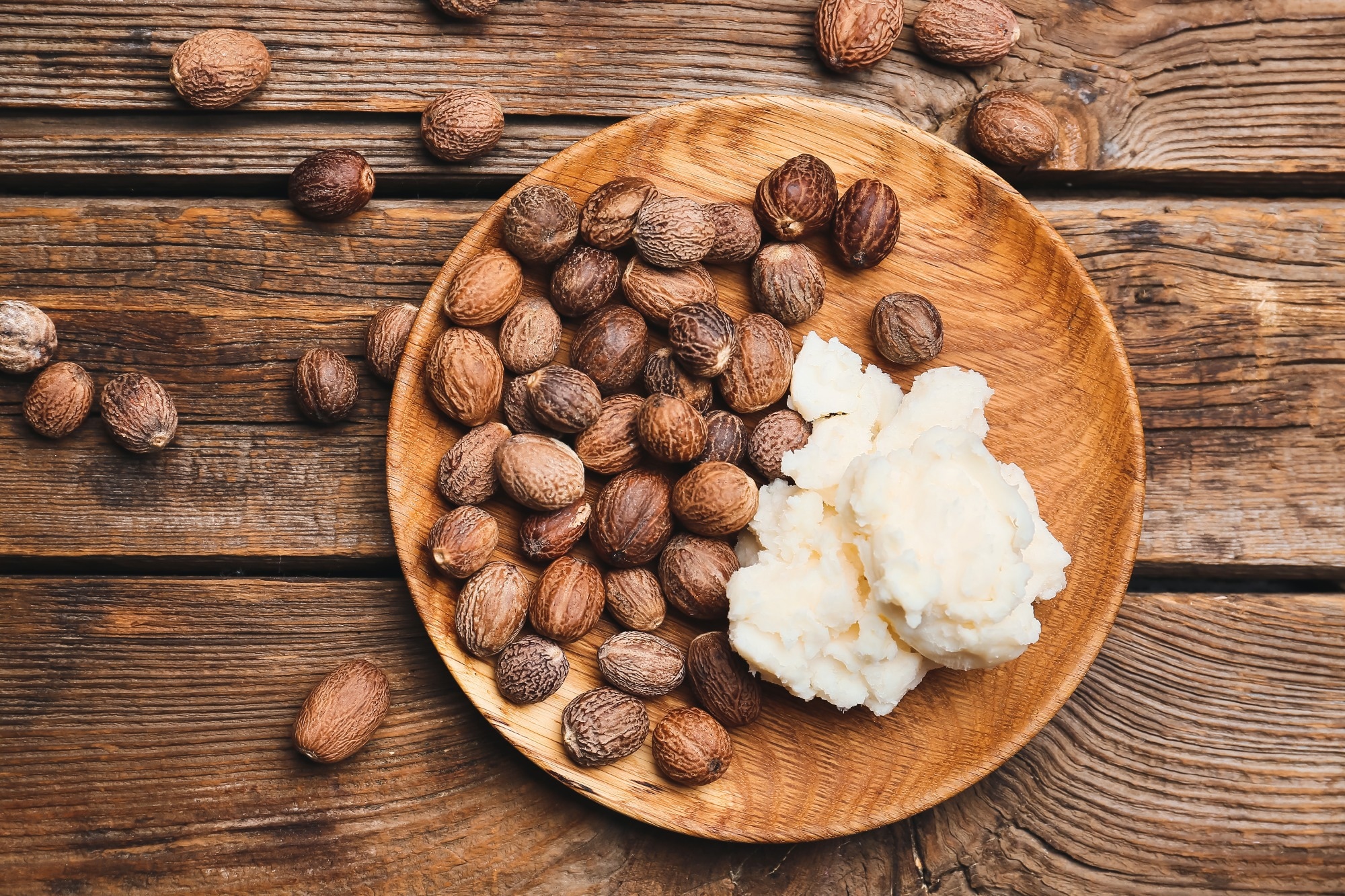Researchers have successfully applied the Box-Behnken design method to optimize the strength and workability of sustainable concrete incorporating recycled shea nutshell ash (SNA).
 Study: Optimizing blended cement concrete strength using the Box-Behnken design technique. Image Credit: Pixel-Shot/Shutterstock.com
Study: Optimizing blended cement concrete strength using the Box-Behnken design technique. Image Credit: Pixel-Shot/Shutterstock.com
Published in Scientific Reports, the study explores how this statistical approach - part of the broader response surface methodology (RSM) - can be used to fine-tune key performance metrics like compressive strength and slump. To do this, the team focused on four main mix parameters: water-to-binder ratio, binder ratio, binder-to-aggregate ratio, and curing time.
Background
The performance of concrete, both fresh and hardened, is shaped by a combination of factors, including its mix proportions, curing conditions, temperature, compaction, and age. Traditionally, understanding how these variables interact requires extensive lab testing, which can be expensive and time-consuming.
To reduce the number of required experiments while still capturing meaningful data, researchers often turn to Design of Experiment (DoE) techniques. Among these, the Box-Behnken design has gained traction for optimizing cementitious mixes, thanks to its efficiency in modeling variable interactions. However, its use with blended concretes containing recycled materials like SNA remains limited - something this study set out to change.
Methods
Concrete mixes were designed to meet structural strength targets of C25, C30, and C40 MPa by replacing 5–15 wt.% of Portland limestone cement (PLC) with SNA. Workability was assessed using the standard slump test, and compressive strength was measured using 150 mm concrete cubes cured in water at 23 ± 5 °C and 65 ± 5 % relative humidity. Tests were conducted at 7, 28, and 90 days.
To examine how mix components influenced performance, the Box-Behnken design was implemented using Minitab 18 software. The four independent variables - water-to-binder ratio, binder ratio, binder-to-aggregate ratio, and curing time - were tested against two response variables: slump and compressive strength. Depending on the number of variables, the study used 15 or 27 experimental runs, with repeated central points to ensure statistical robustness.
The goal was to determine the optimal mix combinations by adjusting these variables to either minimize or maximize the targeted outcomes.
Results and Discussion
Statistical analysis using ANOVA and regression revealed which factors significantly influenced the responses. Notably, the square and interaction terms involving binder-to-aggregate and water-to-binder ratios were excluded due to their limited impact. The binder ratio emerged as the only variable with a meaningful linear effect on slump.
Multicollinearity among predictors was also evaluated using the variance inflation factor (VIF), which confirmed the models' reliability. For slump, VIFs were 1.50 (square model) and 1.00 (linear). For compressive strength, binder ratio and curing time had the most substantial influence, with VIFs well within acceptable limits across linear, square, and interaction models.
Although binder-to-aggregate and water-to-binder ratios showed minimal impact in this dataset, the authors note that their roles might be more significant under different conditions, warranting further investigation. In contrast, curing age consistently demonstrated a strong effect on compressive strength.
Regression models showed excellent alignment between predicted and actual values. The R2 values were 98.44 % for compressive strength and 98.89 % for slump, indicating high model accuracy and strong predictive performance.
Conclusion
The study highlights how recycled agricultural waste, like shea nutshell ash, can be effectively incorporated into concrete mix designs. More importantly, it demonstrates how the Box-Behnken design can streamline optimization by reducing experimental demands without sacrificing accuracy.
By refining mix designs more efficiently and supporting the use of sustainable materials, this approach aligns well with the construction industry's push toward more eco-conscious practices.
Journal Reference
Oyebisi, S., Shammas, M. I., Seyam, M., & Khuzwayo, B.P. (2025). Optimizing blended cement concrete strength using the Box-Behnken design technique. Scientific Reports, 15(1). DOI: 10.1038/s41598-025-08745-1. https://www.nature.com/articles/s41598-025-08745-
Disclaimer: The views expressed here are those of the author expressed in their private capacity and do not necessarily represent the views of AZoM.com Limited T/A AZoNetwork the owner and operator of this website. This disclaimer forms part of the Terms and conditions of use of this website.